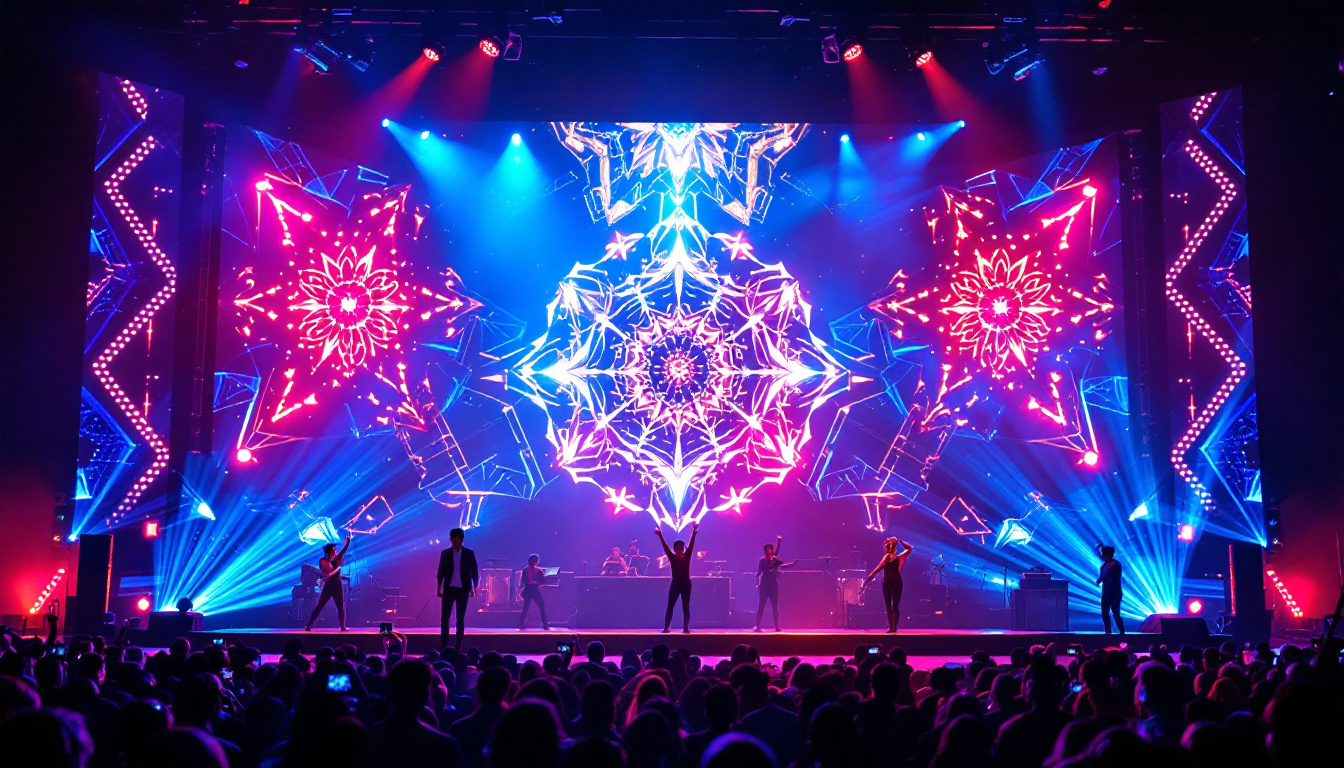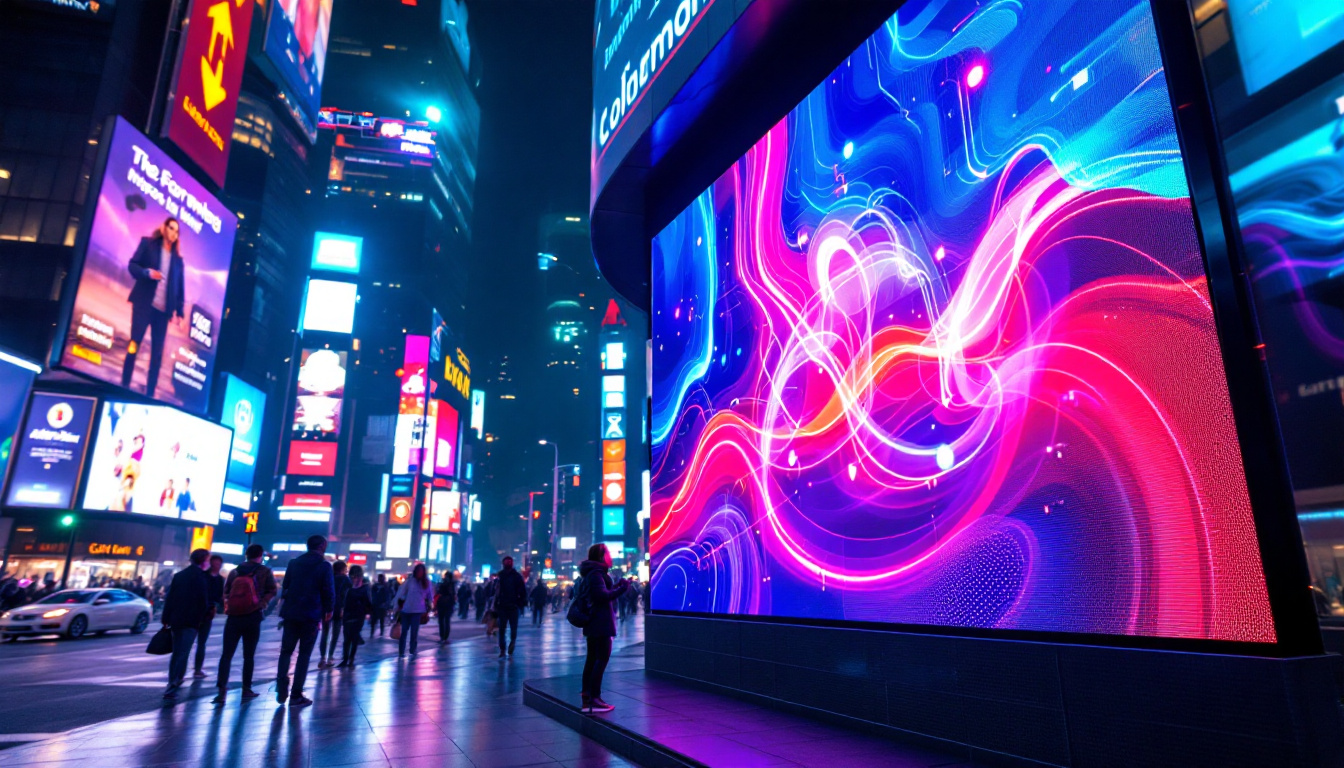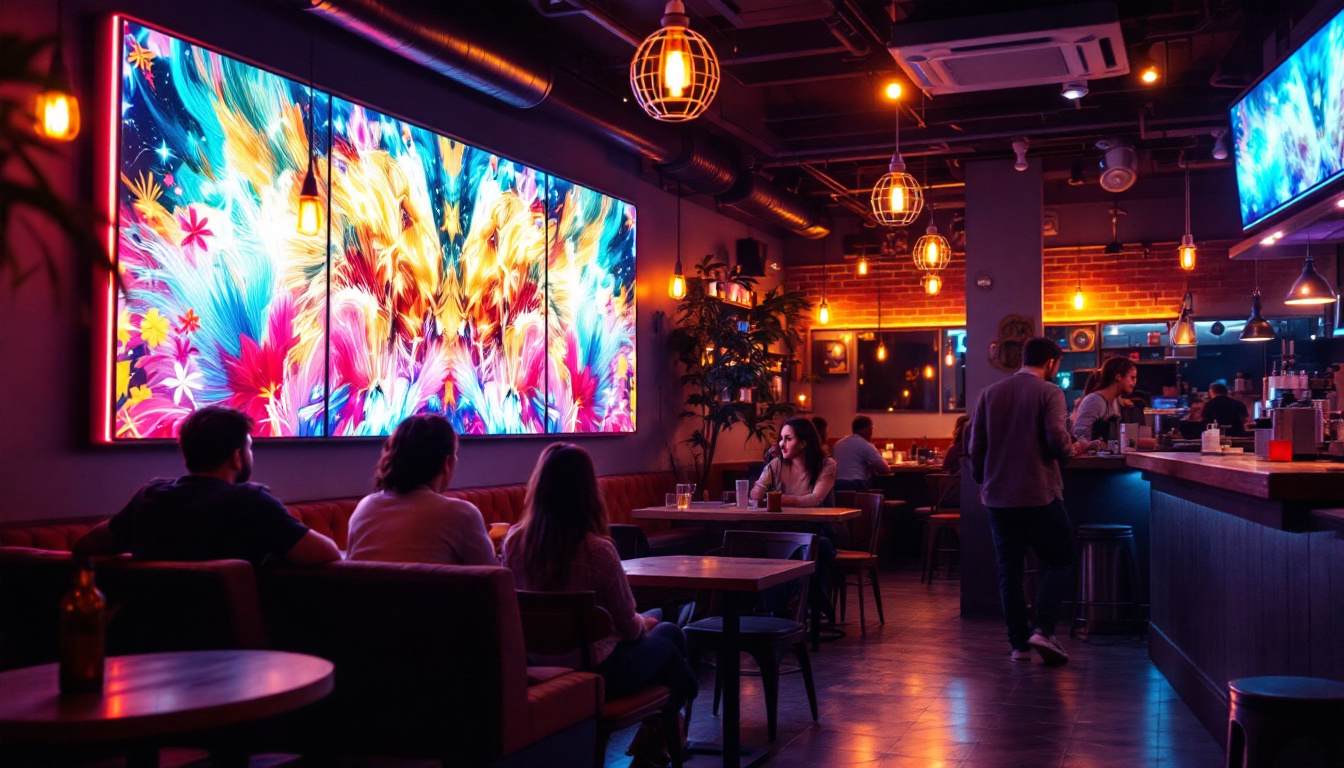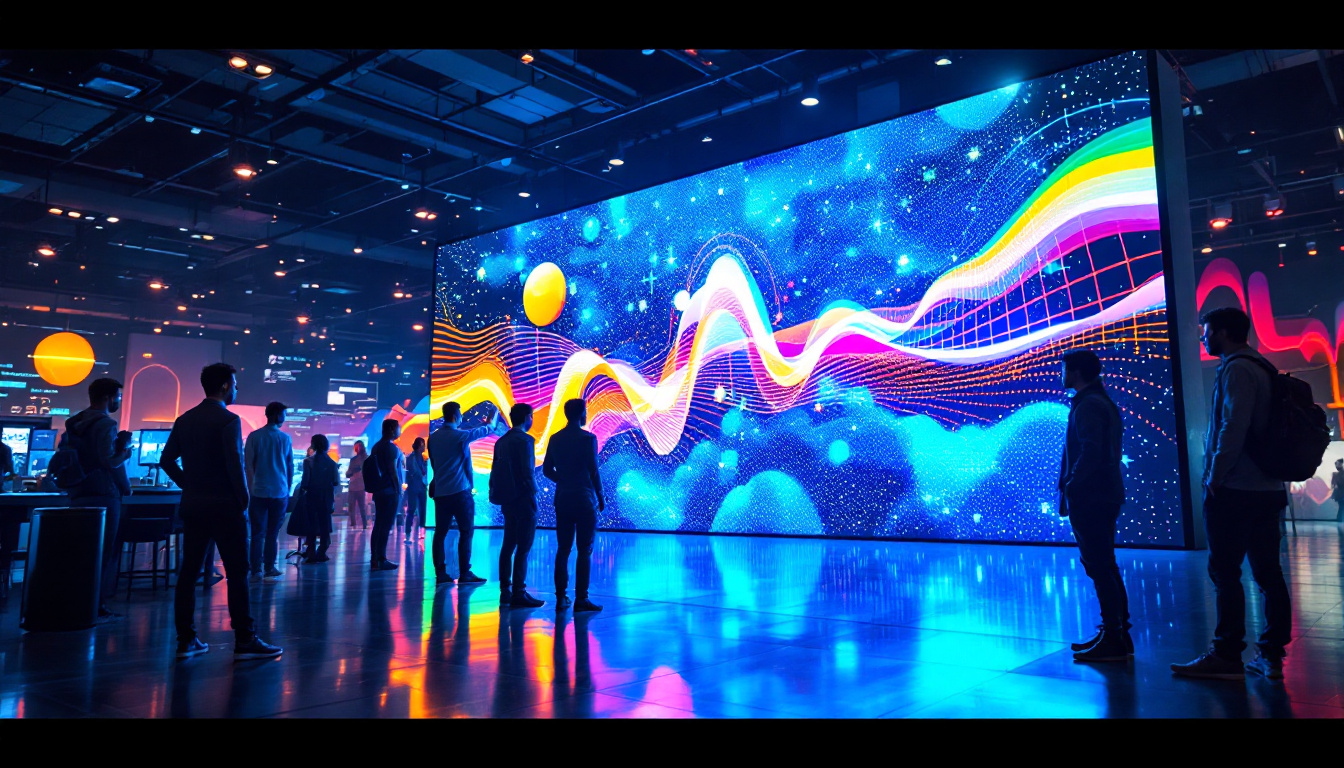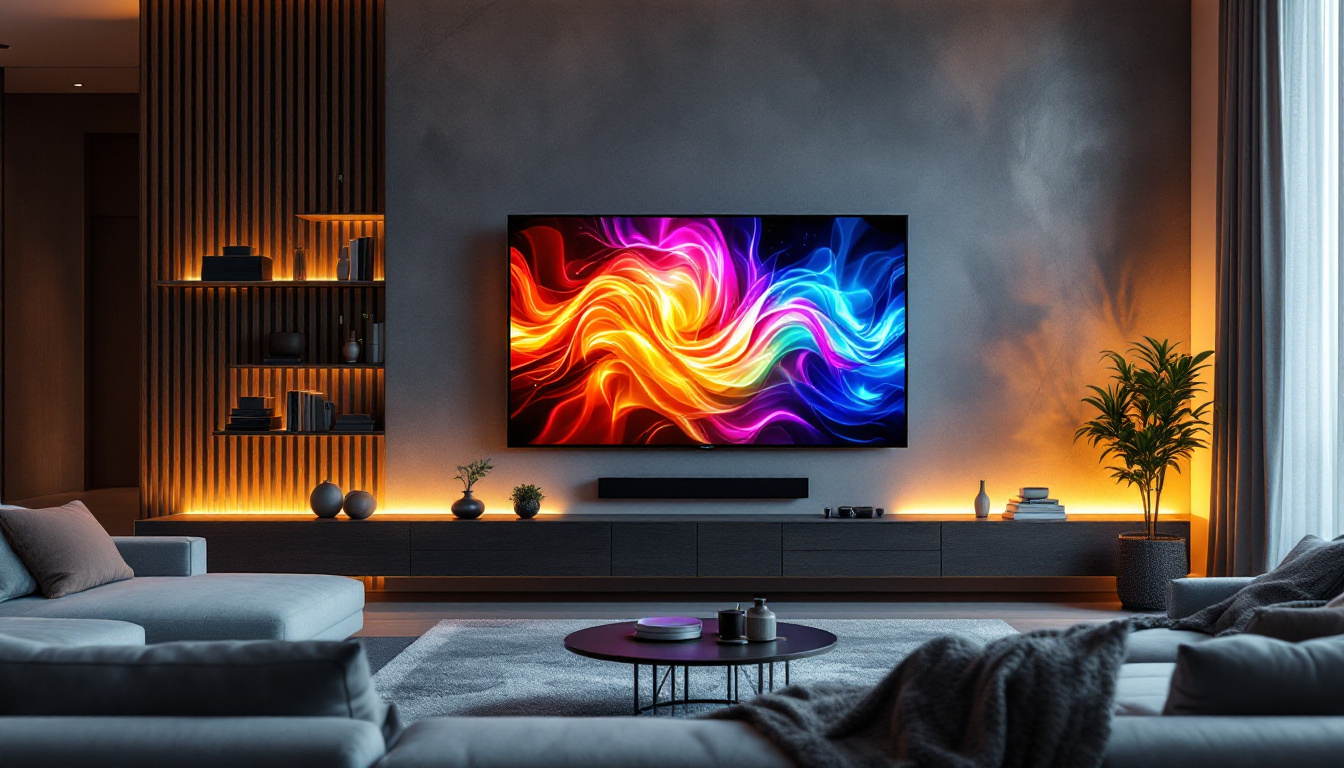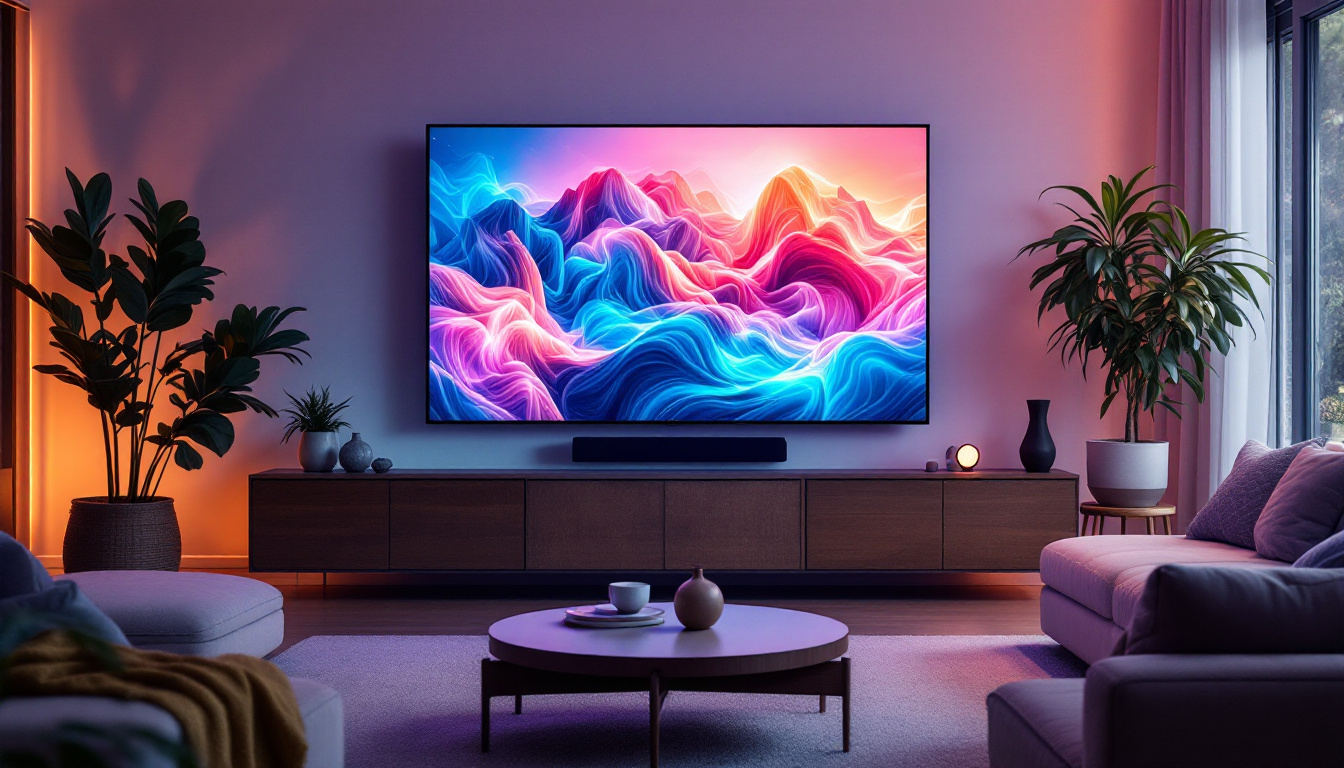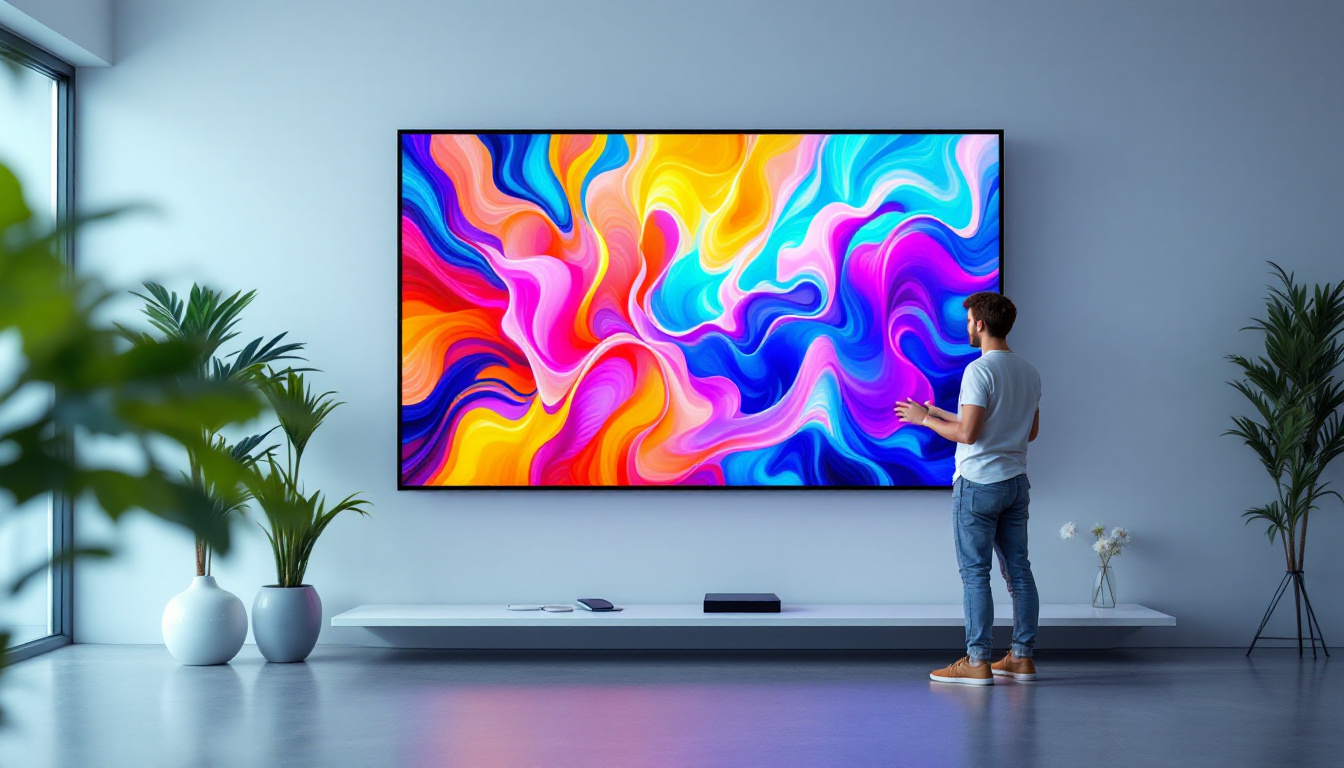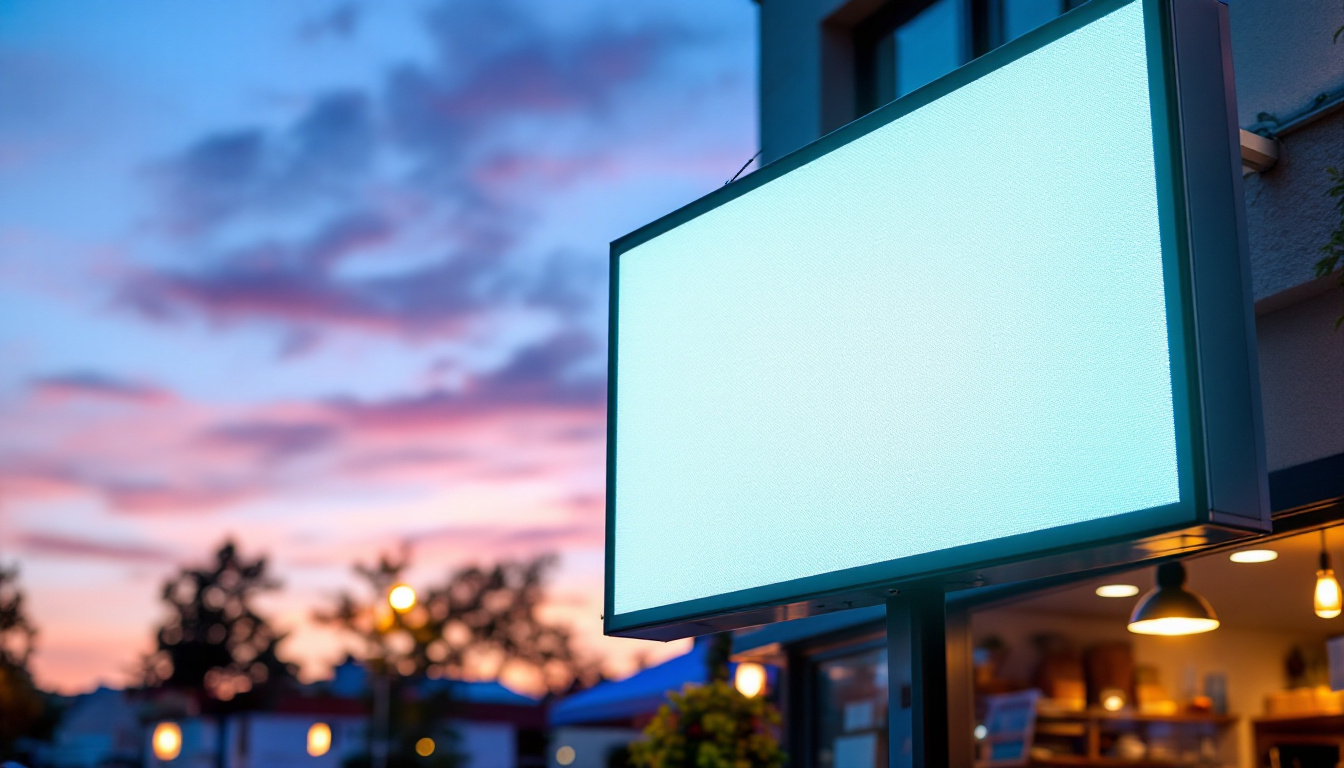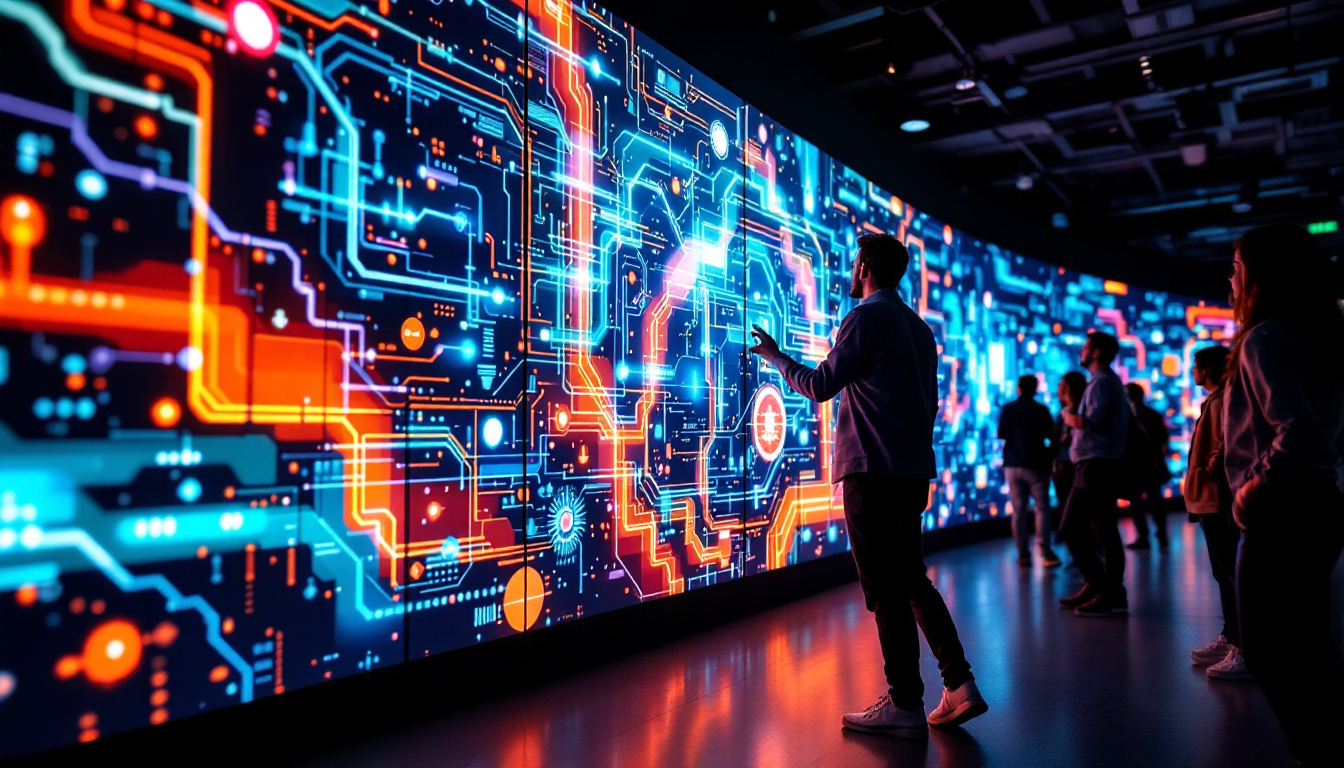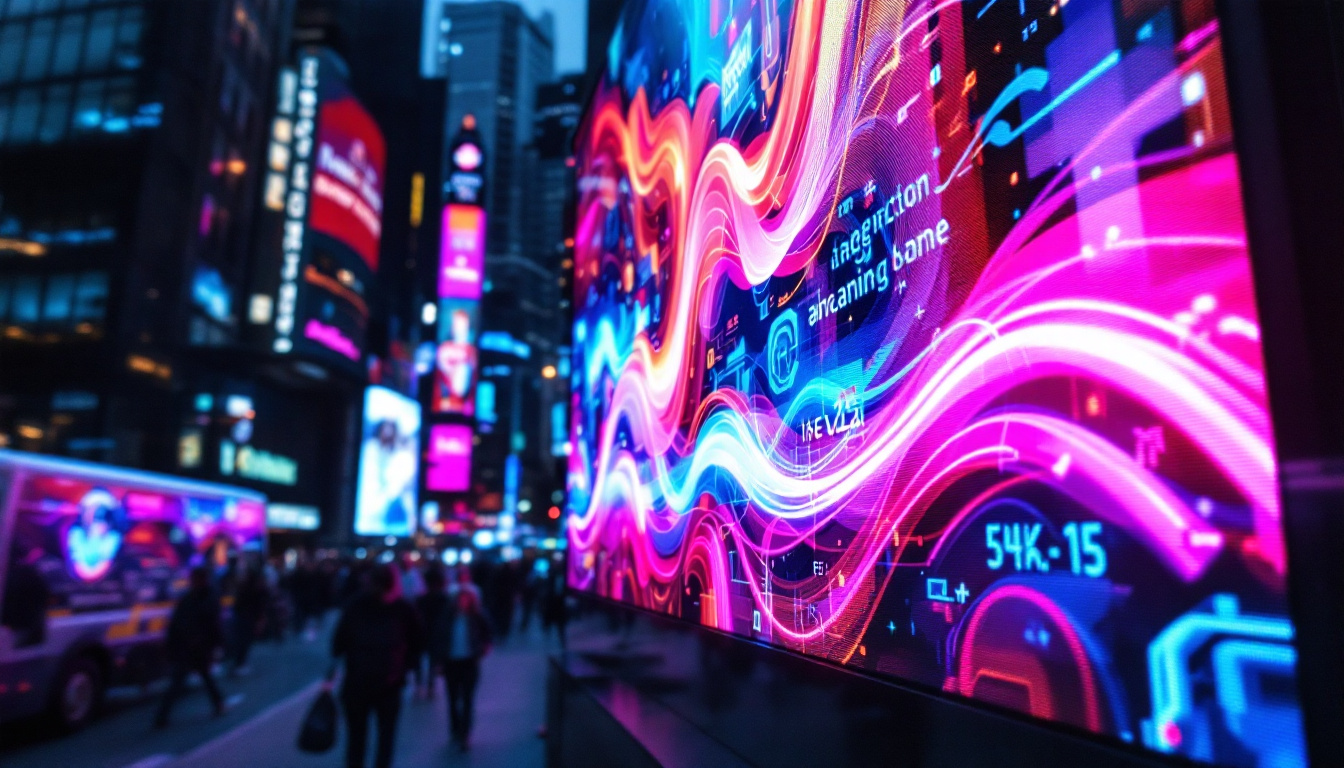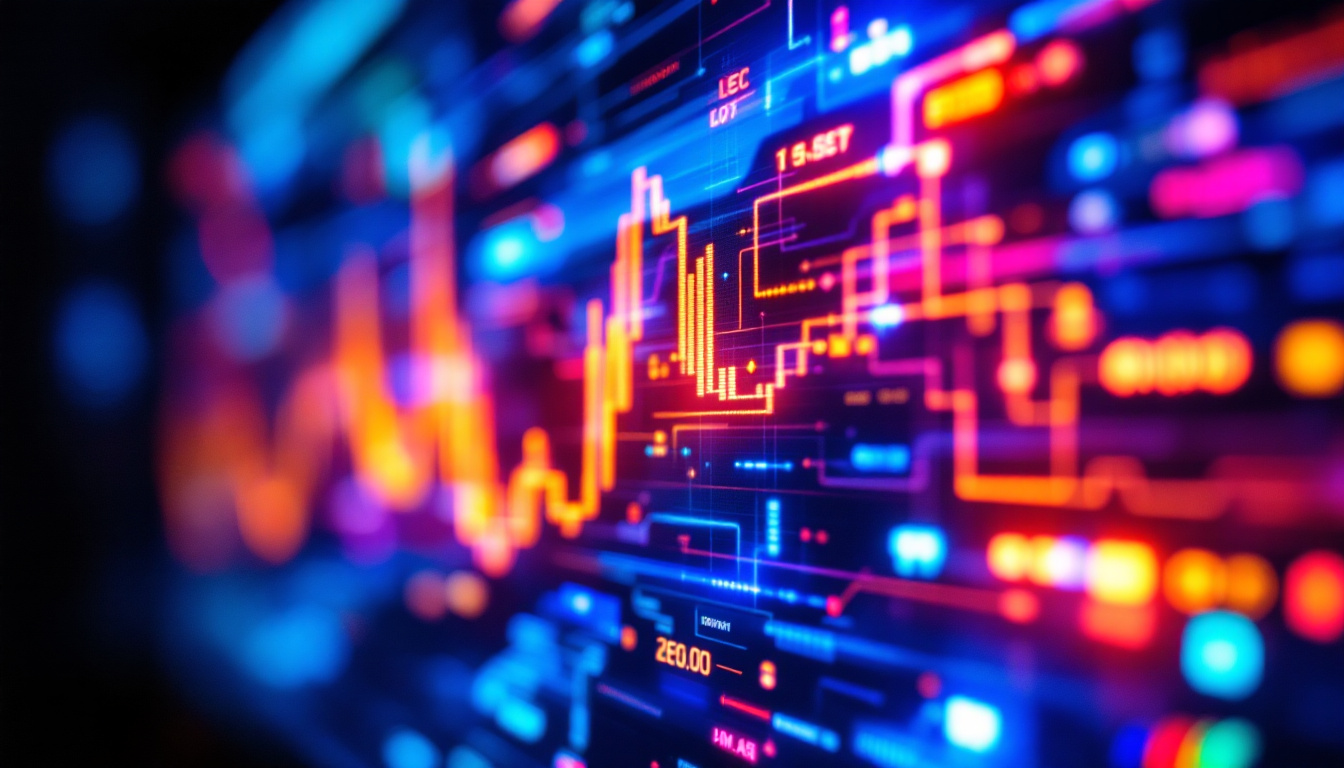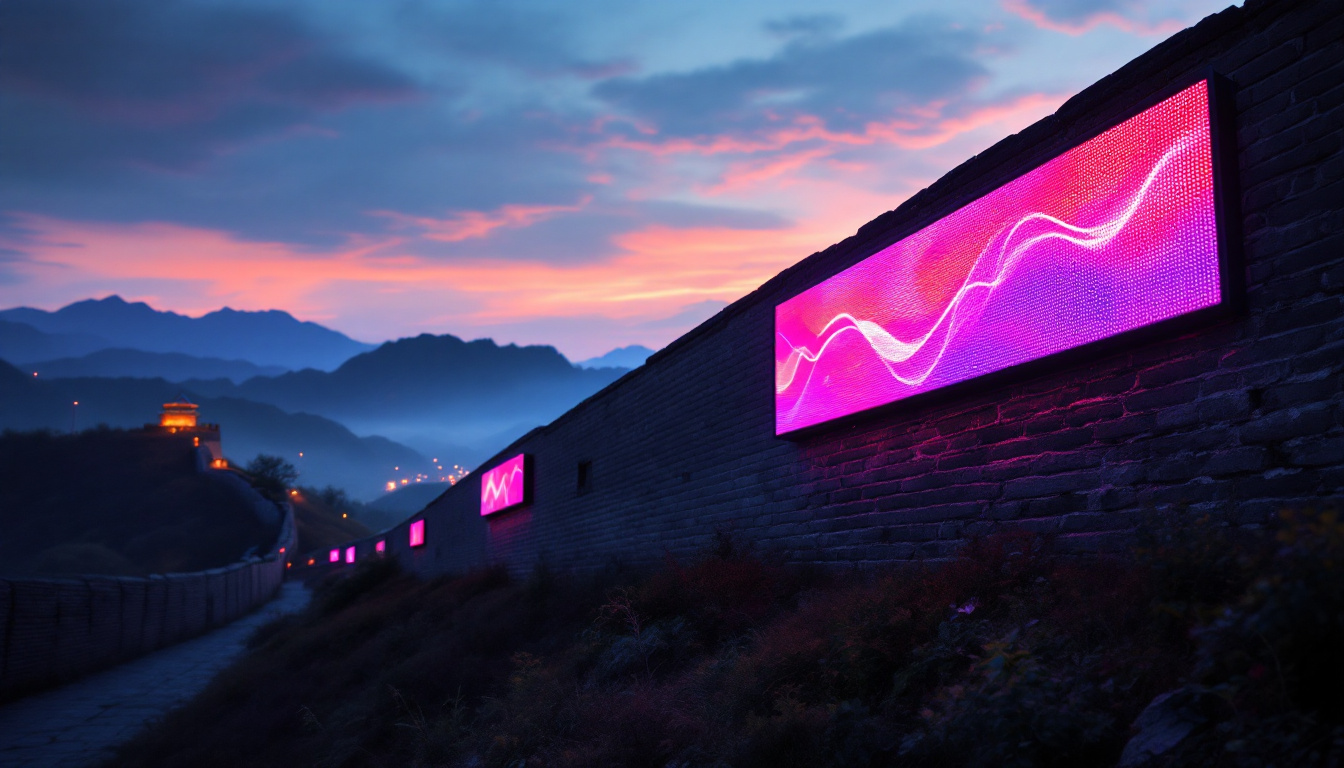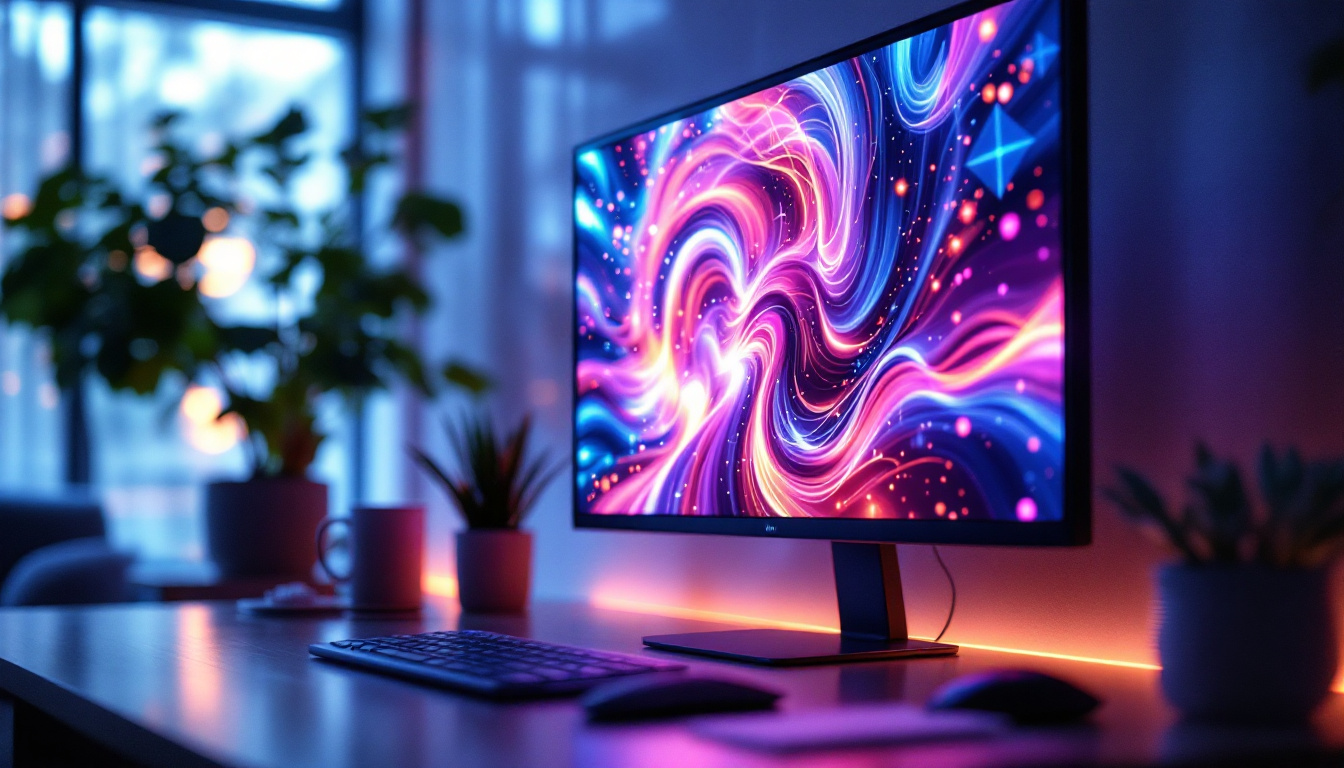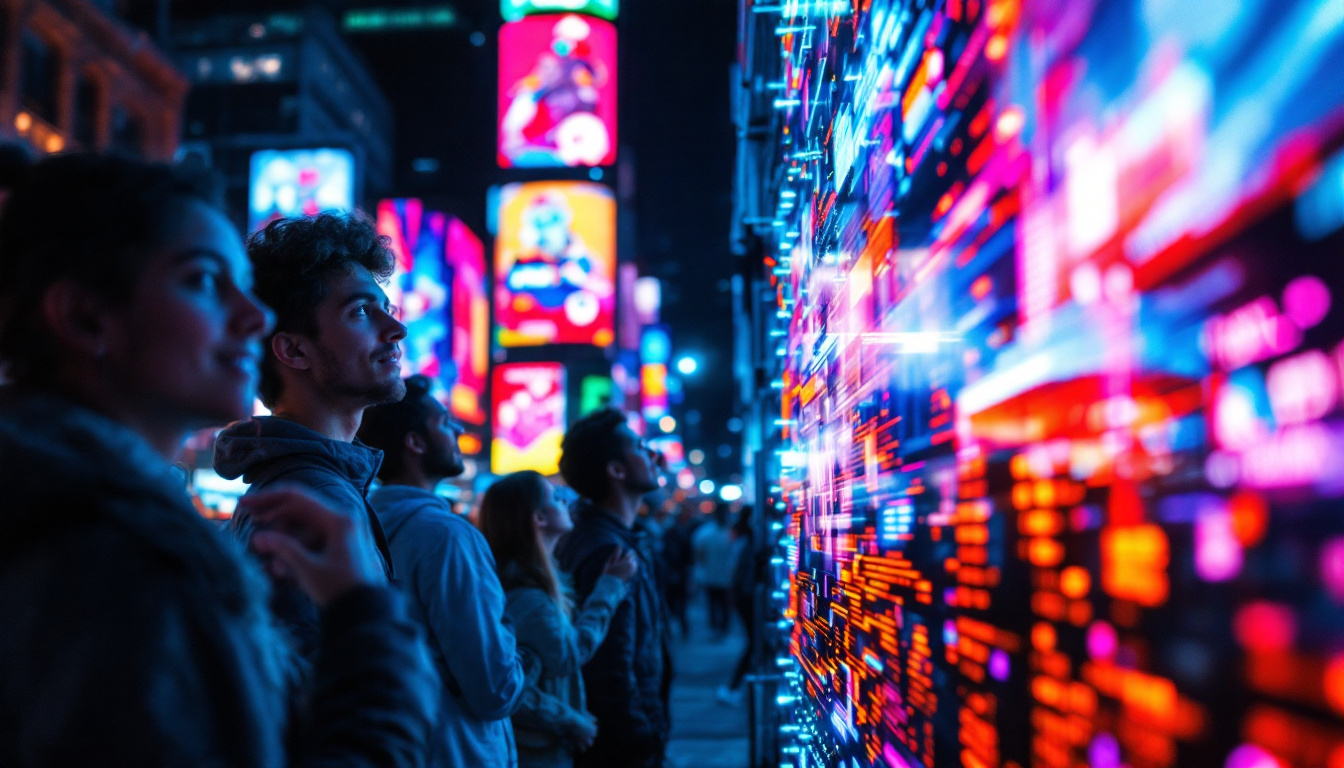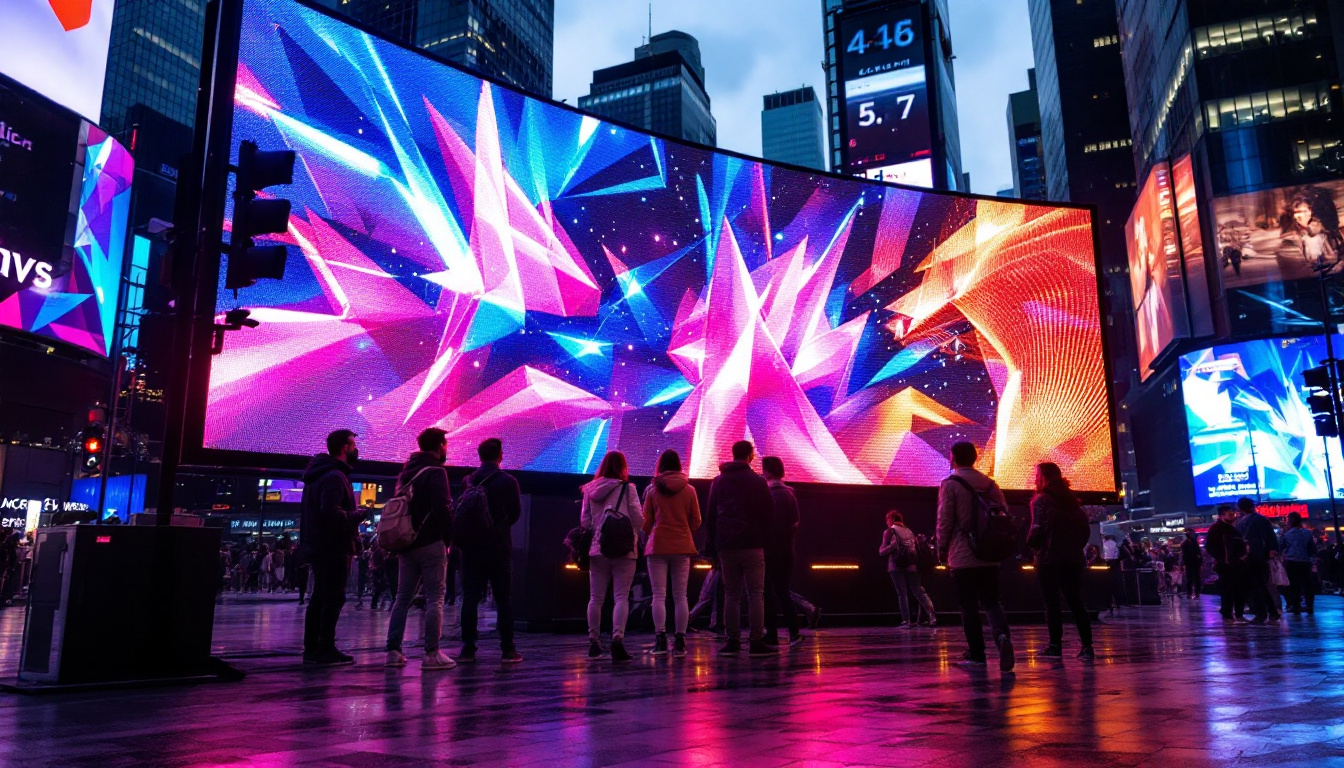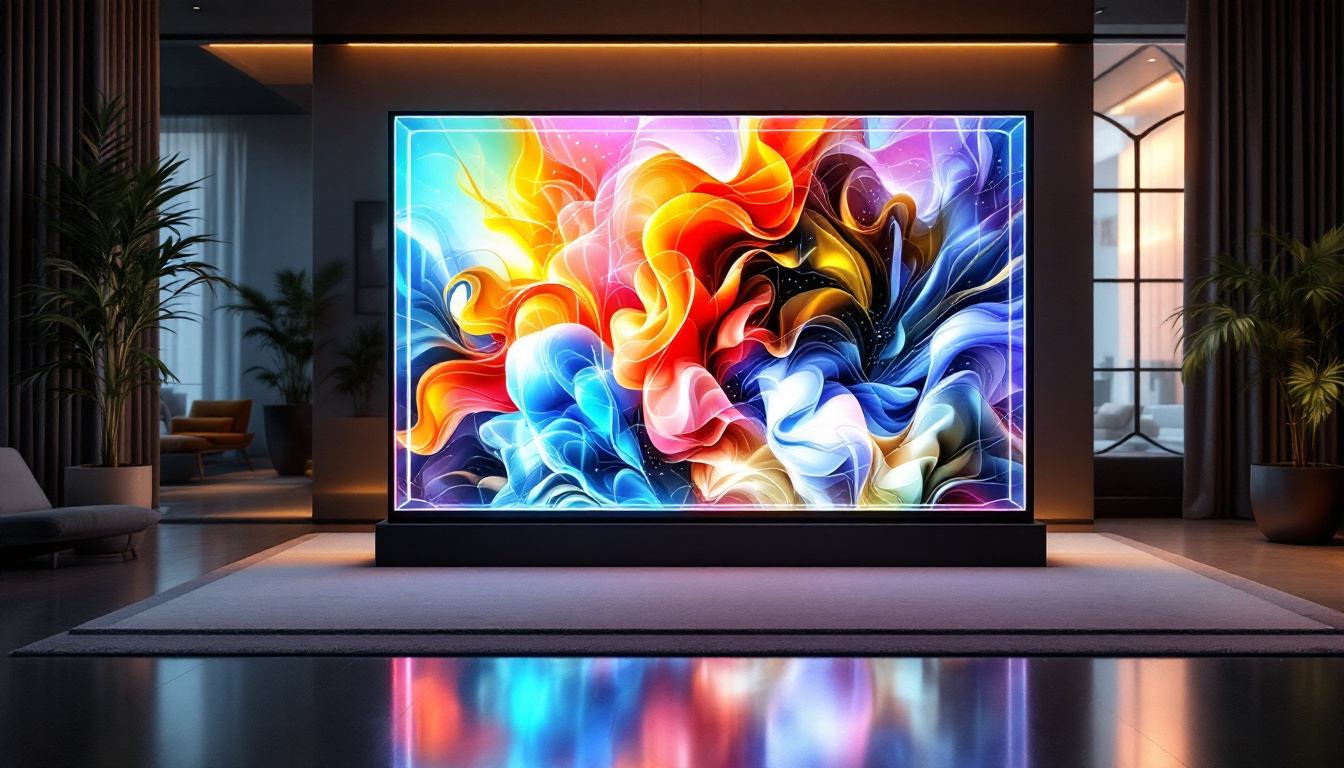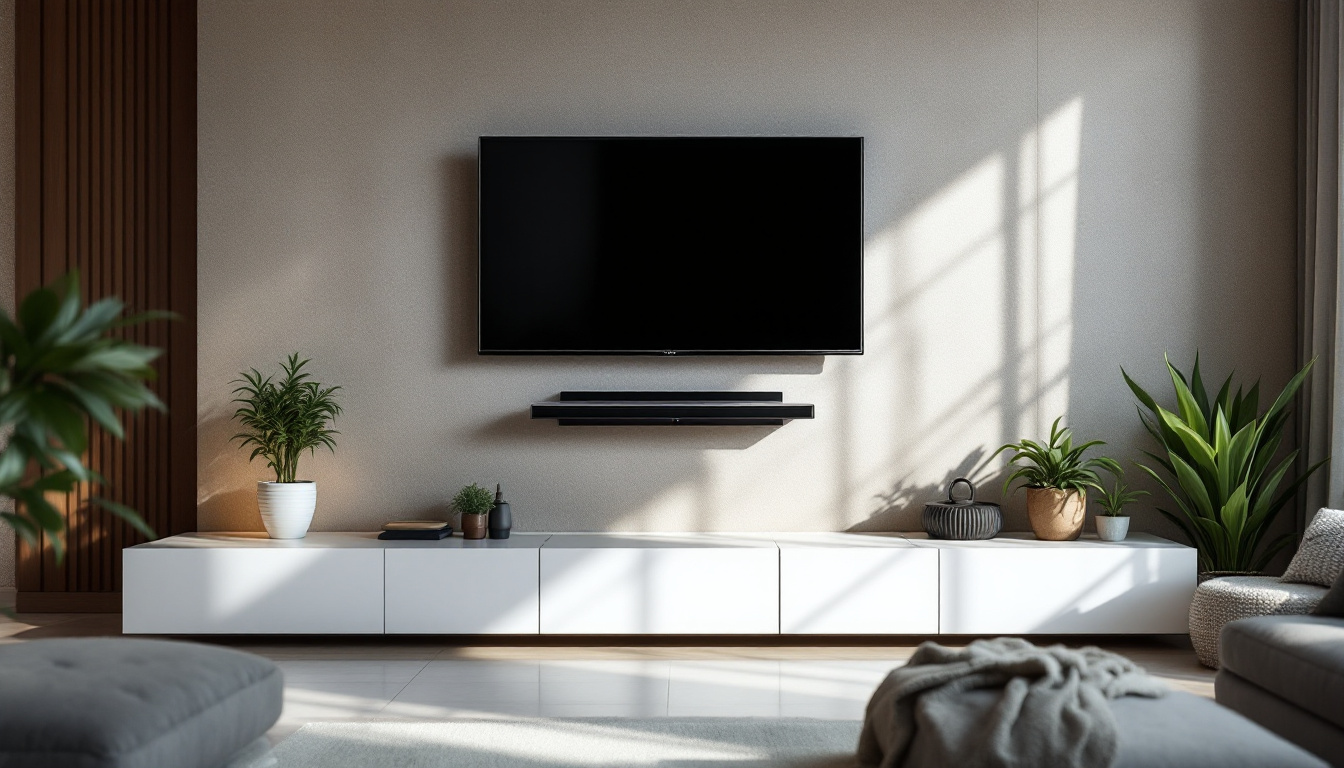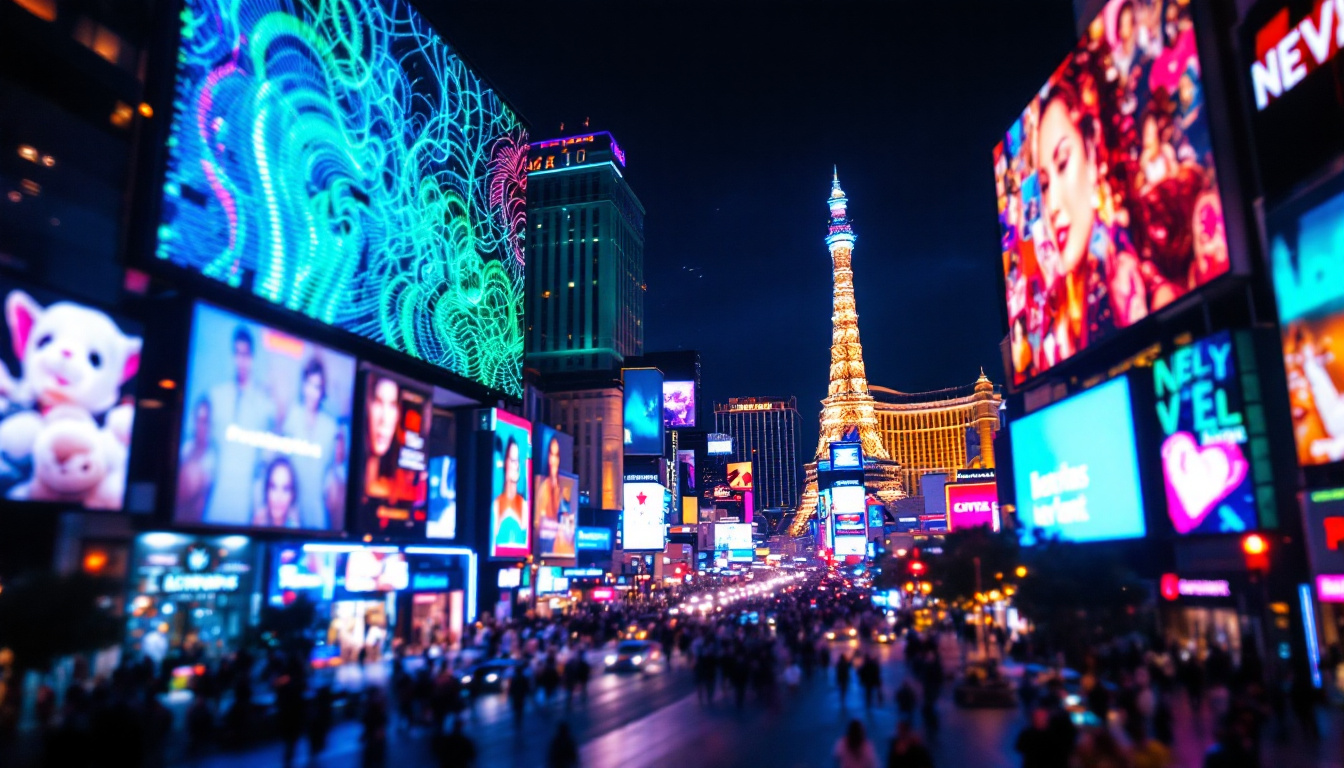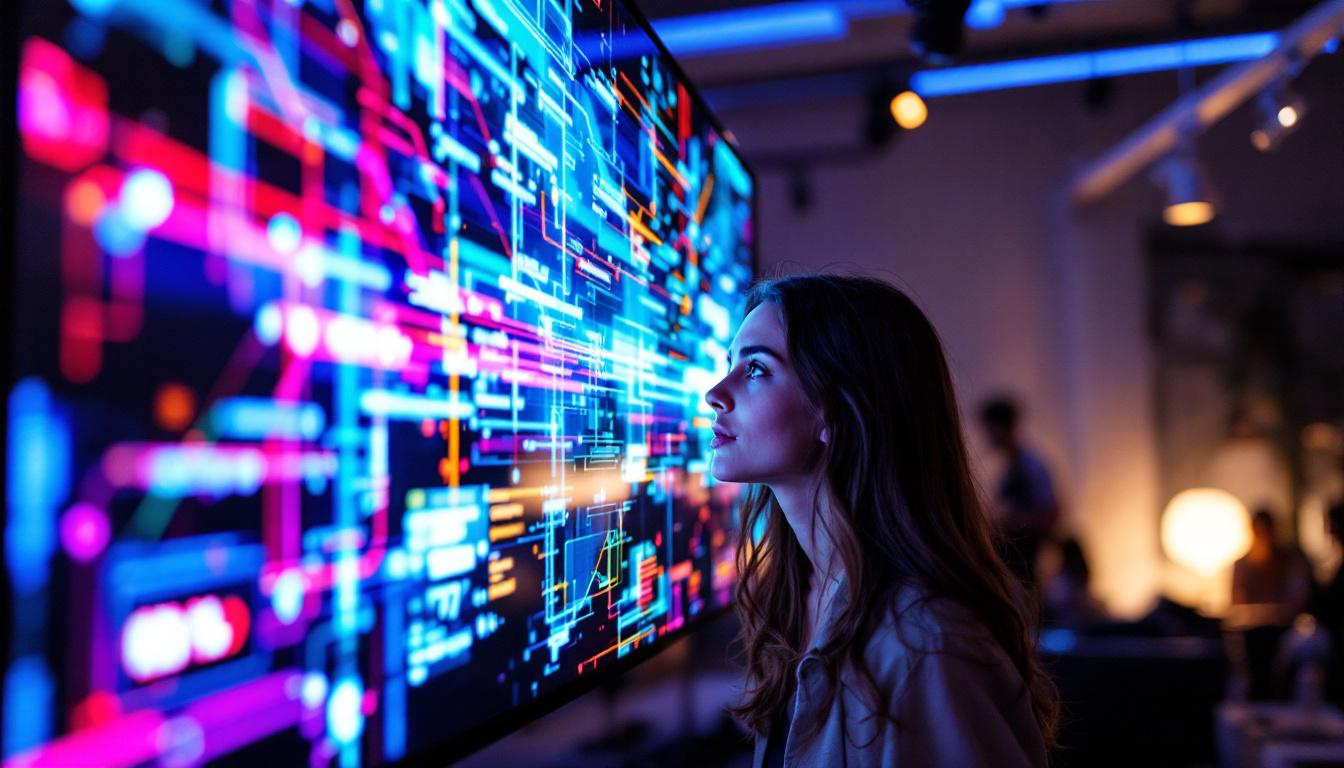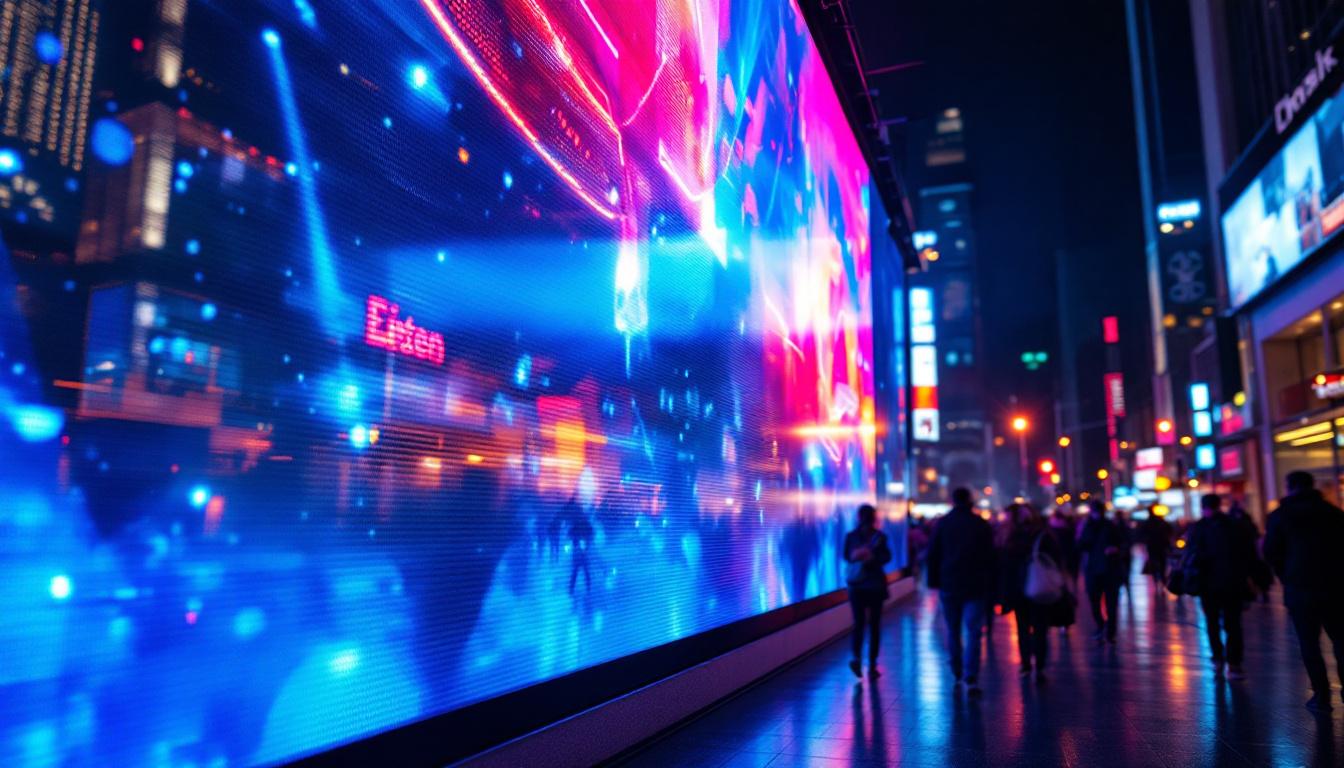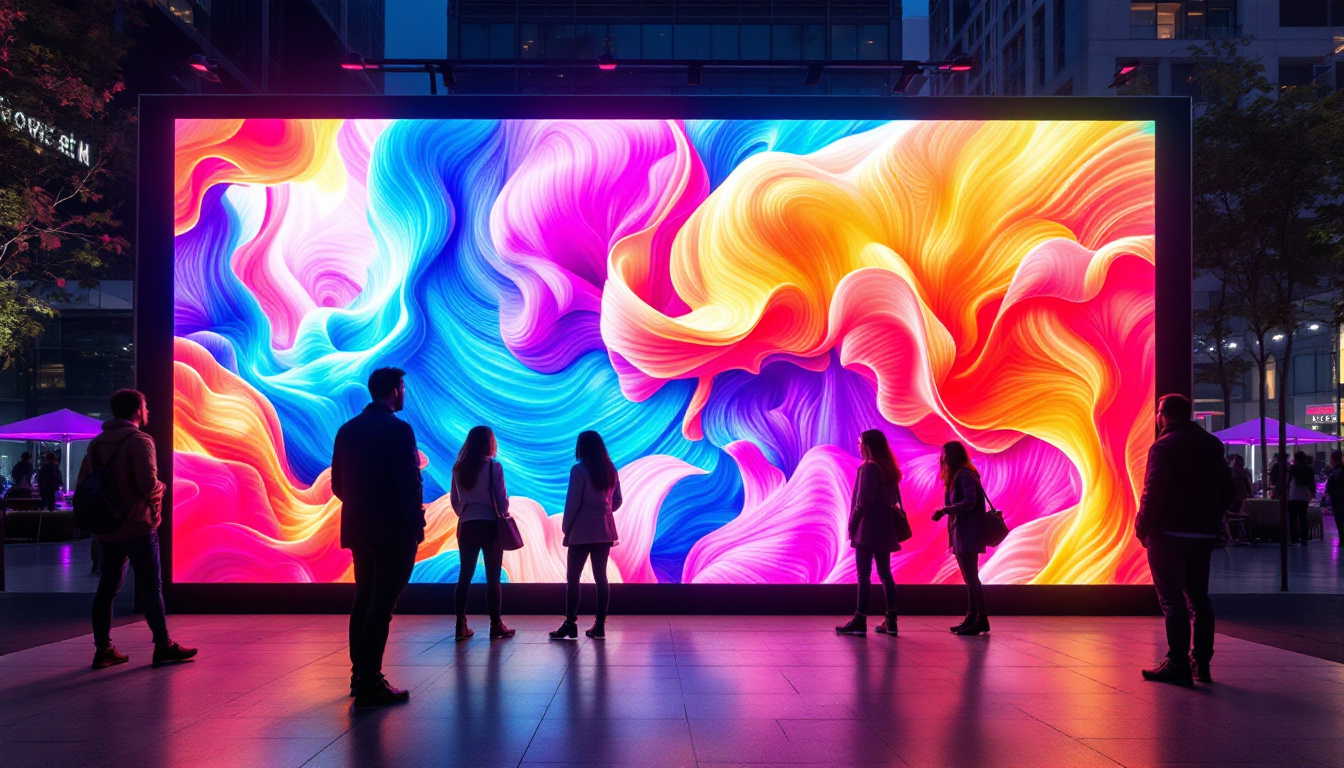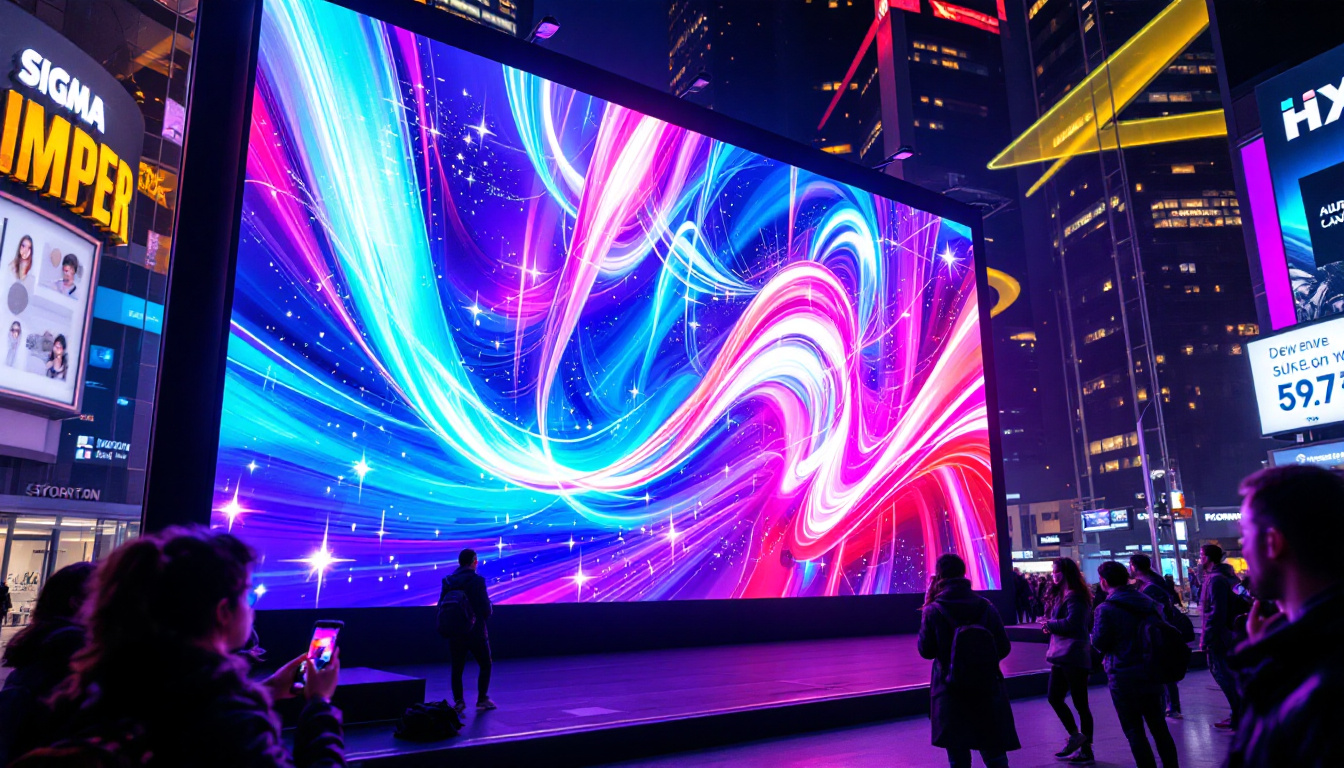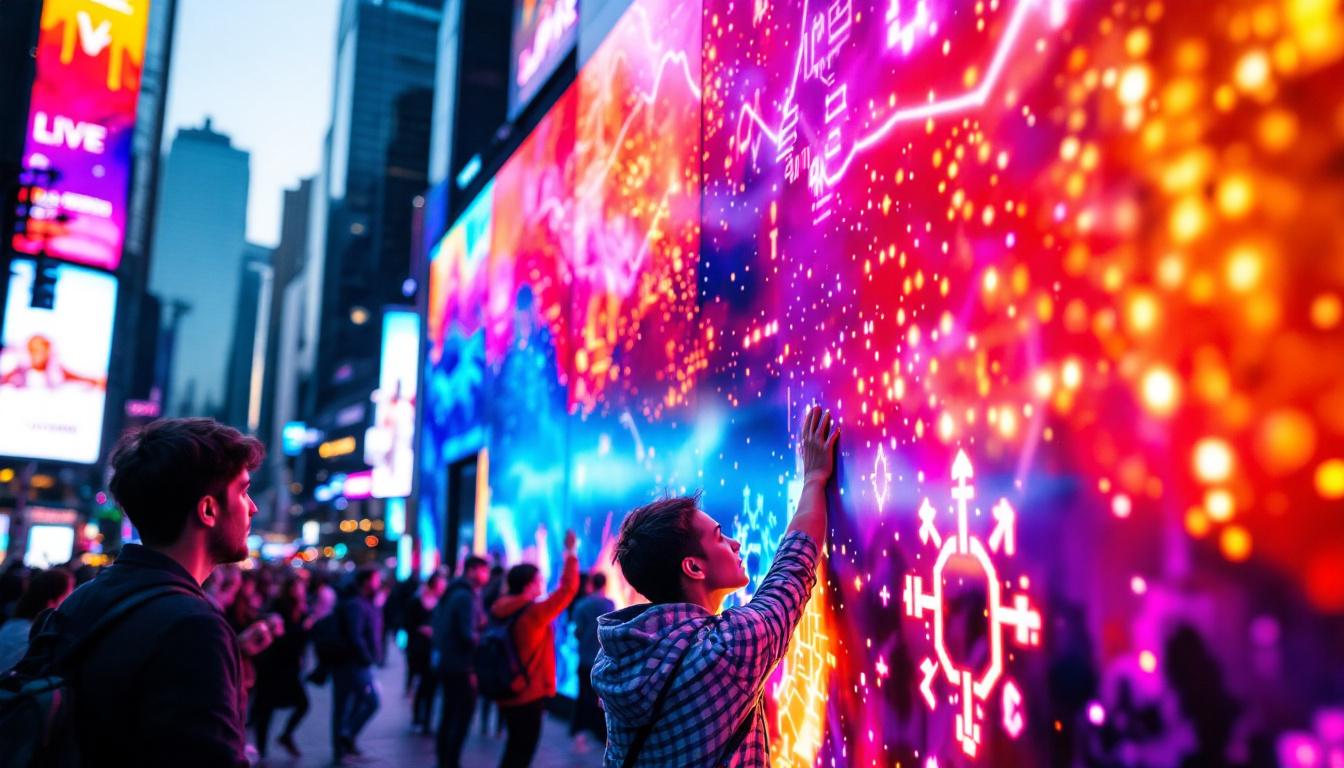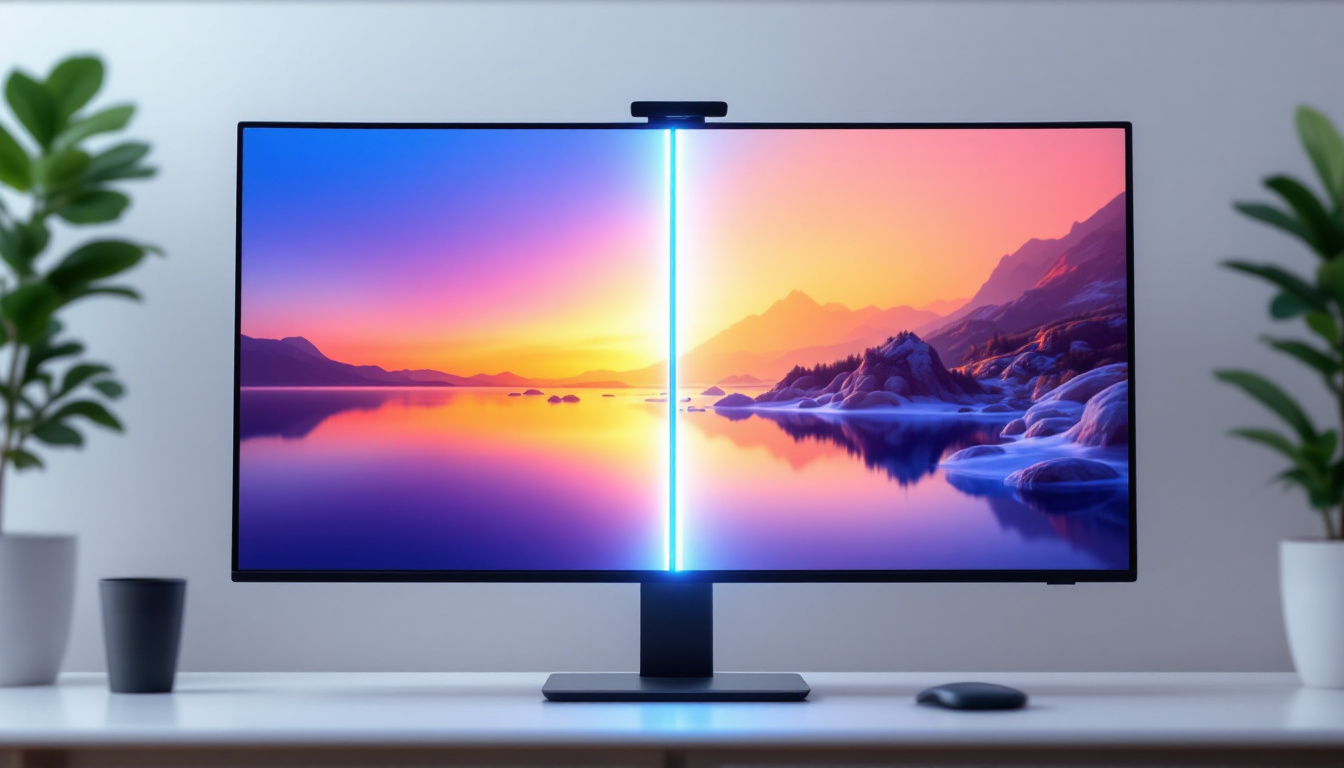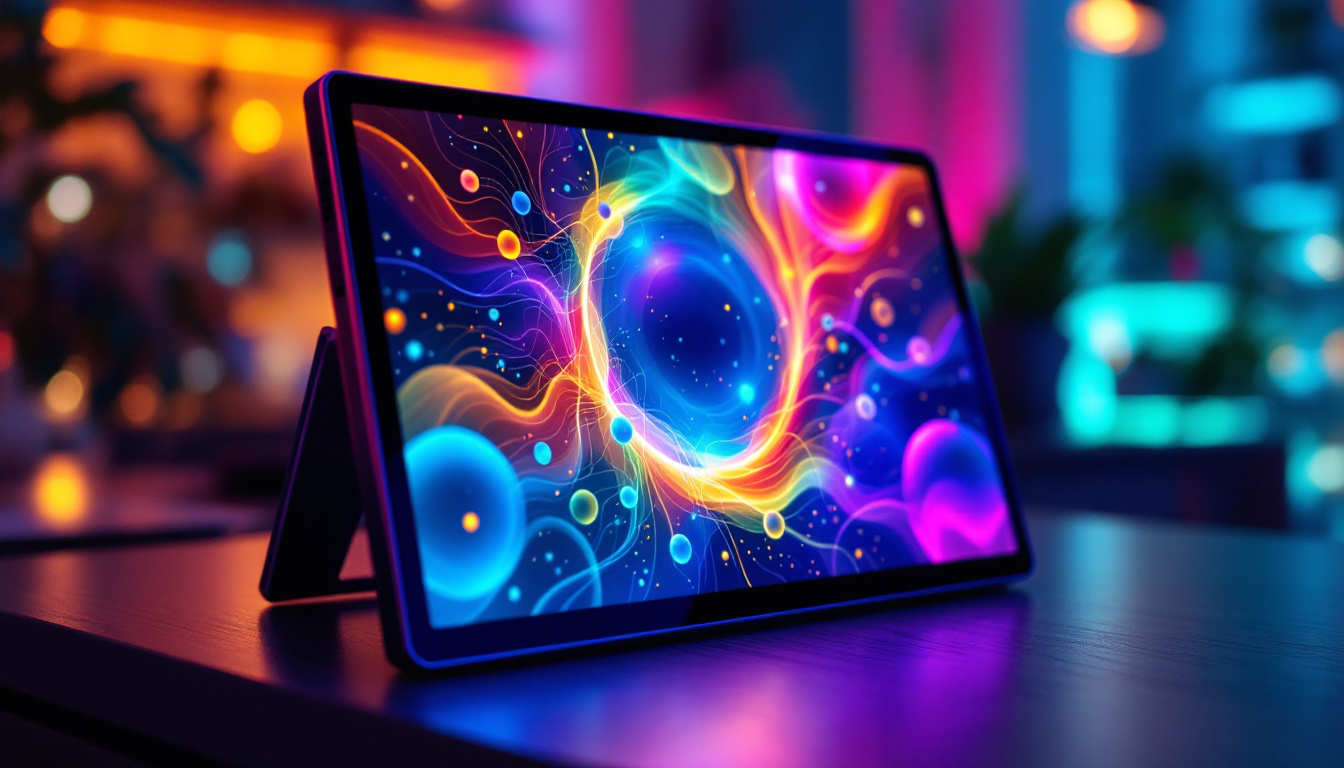The world of theatrical design is a vibrant tapestry of creativity, technology, and artistry. Among the many elements that contribute to a captivating performance, LED displays have emerged as a powerful tool that enhances storytelling and engages audiences in ways previously unimaginable. This article delves into the various aspects of LED displays in theatrical design, exploring their significance, applications, and the future of this technology in the performing arts.
The Role of LED Displays in Theatrical Design
LED displays have transformed the landscape of theatrical production, offering designers a versatile medium to convey emotions, set moods, and create immersive environments. Unlike traditional backdrops, LED screens can adapt to various scenes, providing dynamic visuals that enhance the narrative.
Dynamic Visual Storytelling
One of the most compelling advantages of LED displays is their ability to tell stories dynamically. With high-resolution imagery and vibrant colors, these screens can depict everything from serene landscapes to chaotic urban environments, all in real-time. This flexibility allows directors and designers to craft a visual narrative that evolves alongside the performance, keeping the audience engaged and emotionally invested.
Moreover, the integration of LED displays with live video feeds can create a seamless blend of reality and imagination. This technique allows performers to interact with digital elements, blurring the lines between the physical and virtual worlds. Such innovative storytelling methods elevate the overall theatrical experience, making it more immersive and impactful. For example, during a scene set in a bustling city, the LED backdrop can showcase moving traffic and animated pedestrians, adding a layer of realism that enhances the actors’ performances and captivates the audience’s attention.
Enhancing Audience Engagement
In today’s fast-paced world, capturing and maintaining audience attention is more critical than ever. LED displays serve as a powerful tool for enhancing engagement, providing a visual spectacle that complements the performance. The bright, colorful displays can evoke emotions and reactions, drawing the audience deeper into the story.
Furthermore, the use of LED technology can facilitate interactive experiences. For instance, audience members can participate in live polls or influence the performance through mobile applications, with results displayed on the LED screens. This level of interactivity not only captivates viewers but also fosters a sense of community and shared experience, making each performance unique. Additionally, the ability to project audience-generated content, such as social media posts or video messages, onto the screens can create a dialogue between the performers and the audience, enhancing the connection and making the theatrical experience feel more personal and immediate.
As theatrical designers continue to explore the capabilities of LED technology, we can expect to see even more innovative applications. From incorporating augmented reality elements that respond to the actors’ movements to using LED displays for intricate set designs that change throughout the performance, the possibilities are virtually limitless. This evolution not only pushes the boundaries of traditional theater but also invites new audiences to experience the art form in exciting and unprecedented ways.
Technical Aspects of LED Displays
Understanding the technical components of LED displays is essential for theatrical designers. This knowledge enables them to maximize the potential of this technology while ensuring seamless integration into their productions. Key factors include resolution, brightness, and pixel pitch.
Resolution and Pixel Pitch
Resolution refers to the amount of detail an LED display can produce, typically measured in pixels. The higher the resolution, the clearer and more detailed the images will appear. Pixel pitch, on the other hand, is the distance between the centers of two adjacent pixels. A smaller pixel pitch results in a higher resolution, making it ideal for close-up viewing, such as in theaters.
When selecting an LED display for a theatrical production, designers must consider the viewing distance and the size of the screen. For instance, a larger screen with a lower resolution may suffice for outdoor performances, while an intimate indoor setting may require a smaller screen with a higher pixel pitch to ensure clarity and detail.
Brightness and Color Accuracy
Brightness is another critical factor in the performance of LED displays. The ability to produce vibrant colors and maintain visibility in various lighting conditions is essential for theatrical applications. High-brightness displays can cut through ambient light, ensuring that visuals remain striking and impactful, even in well-lit environments.
Color accuracy is equally important, as it affects how the audience perceives the visuals. LED technology has advanced significantly, allowing for a broader color gamut and more precise color reproduction. This capability enables designers to create visually stunning displays that align with the overall aesthetic of the production.
Applications of LED Displays in Theatrical Productions
The versatility of LED displays allows for a wide range of applications in theatrical design. From traditional stage productions to modern multimedia performances, these screens can be utilized in various ways to enhance the overall experience.
Backdrops and Scenic Elements
One of the most common applications of LED displays in theater is as backdrops. Instead of static painted scenes, designers can use LED screens to create dynamic backgrounds that change with the narrative. This technique allows for quick scene transitions and the ability to depict complex environments without the need for elaborate set changes.
Additionally, LED displays can serve as scenic elements, integrated into the stage design itself. For example, they can be used to create interactive props or architectural features that respond to the performance. This integration adds depth and complexity to the visual landscape, enhancing the storytelling experience.
Live Video and Projection Mapping
Live video feeds are another exciting application of LED displays in theatrical design. By capturing performances in real-time, designers can project these images onto the screens, creating a dynamic interplay between performers and digital visuals. This technique can amplify emotions and highlight specific moments, allowing the audience to experience the performance from multiple perspectives.
Projection mapping is also a popular technique that utilizes LED technology. By projecting images onto three-dimensional surfaces, designers can create stunning visual effects that transform the stage. This method allows for a high degree of creativity, enabling designers to craft unique visuals that complement the narrative.
Challenges and Considerations
While LED displays offer numerous advantages, they also present challenges that designers must navigate. Understanding these challenges is crucial for successful integration into theatrical productions.
Cost and Budget Constraints
One of the primary challenges of incorporating LED displays into theatrical design is the cost. High-quality LED screens can be expensive, and budget constraints may limit the options available to designers. It is essential to weigh the benefits of LED technology against the production budget, ensuring that the investment aligns with the overall vision of the performance.
To mitigate costs, designers can explore rental options for LED displays, which can provide access to high-quality technology without the financial burden of purchasing outright. Additionally, collaborating with production companies that specialize in LED technology can offer valuable insights and resources.
Technical Expertise and Training
Integrating LED displays into theatrical productions requires a certain level of technical expertise. Designers and technicians must be familiar with the technology, including setup, programming, and troubleshooting. This knowledge is essential for ensuring that the displays function seamlessly during performances.
Training and education play a crucial role in overcoming this challenge. Workshops, online courses, and hands-on experience can equip designers and technicians with the skills needed to work effectively with LED technology. Investing in training not only enhances the production quality but also empowers the creative team to push the boundaries of theatrical design.
The Future of LED Displays in Theatrical Design
The future of LED displays in theatrical design is bright, with ongoing advancements in technology promising even more possibilities for creative expression. As the industry continues to evolve, several trends are emerging that will shape the role of LED displays in the performing arts.
Integration with Augmented and Virtual Reality
One of the most exciting developments in theatrical design is the integration of LED displays with augmented and virtual reality (AR and VR). These technologies allow for the creation of immersive environments that transport audiences to entirely different worlds. By combining LED displays with AR and VR, designers can craft experiences that engage multiple senses, creating a more profound connection between the audience and the performance.
As AR and VR technologies become more accessible, the potential for innovative storytelling will expand. The ability to create interactive experiences that respond to audience participation will redefine the boundaries of theatrical design, opening up new avenues for creativity.
Sustainability and Eco-Friendly Practices
As the performing arts industry becomes increasingly aware of its environmental impact, sustainability is becoming a priority. LED displays are inherently more energy-efficient than traditional lighting and projection methods, making them a more eco-friendly option for theatrical productions.
Additionally, advancements in LED technology are leading to more sustainable manufacturing processes and materials. As designers prioritize sustainability, the adoption of LED displays will likely increase, aligning with the broader movement towards environmentally responsible practices in the arts.
Conclusion
LED displays have revolutionized theatrical design, offering a dynamic and versatile medium that enhances storytelling and engages audiences. From their technical aspects to their various applications, understanding the role of LED technology is essential for modern theatrical designers. While challenges exist, the future of LED displays in the performing arts is promising, with advancements in technology and a focus on sustainability paving the way for innovative and immersive experiences.
As the industry continues to evolve, embracing the potential of LED displays will undoubtedly lead to new forms of artistic expression, enriching the theatrical landscape for generations to come.
Discover the Future of Theatrical Design with LumenMatrix
Ready to elevate your theatrical productions with the dynamic versatility of LED displays? LumenMatrix is at the forefront of LED display technology, offering an extensive range of solutions that bring your creative visions to life. From Indoor and Outdoor LED Wall Displays to innovative LED Sports and Floor Displays, our products are designed to captivate your audience and deliver your message with unparalleled clarity. Embrace the future of visual storytelling and check out LumenMatrix LED Display Solutions today to transform your theatrical experiences.

